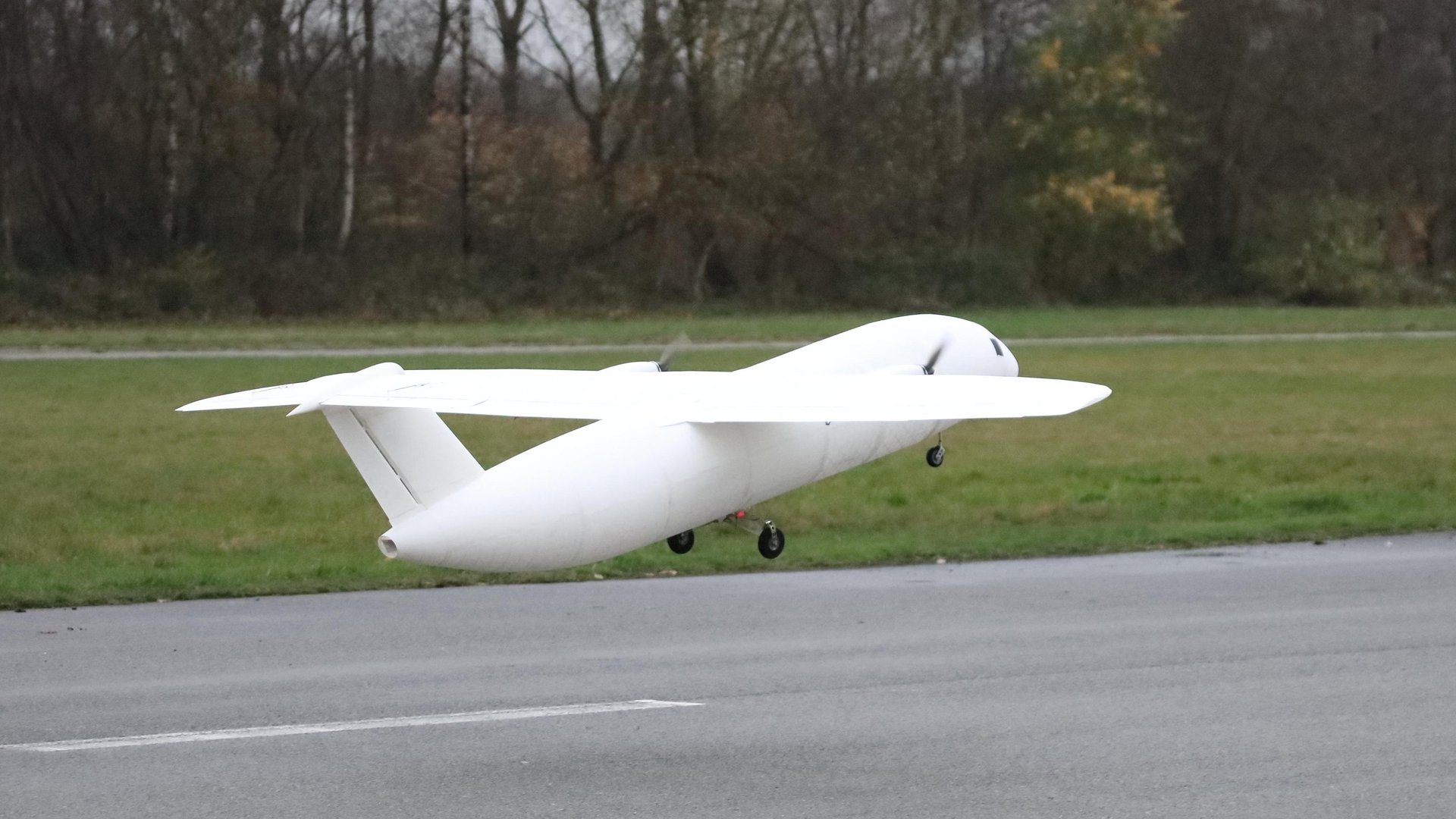Watch: Airbus made a completely 3D-printed plane that actually flies
It’s safe to say that 3D printing hasn’t found the widespread commercial appeal that many predicted it would. We were supposed to be able to order a new pair of shoes or a pizza at the push of a button, but all we’ve got so far are trinkets and tchotchkes. 3D printing has, however, started to affect the way many industries think about manufacturing, from drug production, to clothing, and even medical implants. If it’s possible to build complete products on one machine as effectively as traditional manufacturing techniques, without having to hire humans or robots to assemble them, then perhaps 3D printing could spur that “next industrial revolution” we were promised. And Airbus, one of the largest plane manufacturers in the world, is experimenting with what the future of aviation manufacturing might look like with 3D printing.


It’s safe to say that 3D printing hasn’t found the widespread commercial appeal that many predicted it would. We were supposed to be able to order a new pair of shoes or a pizza at the push of a button, but all we’ve got so far are trinkets and tchotchkes. 3D printing has, however, started to affect the way many industries think about manufacturing, from drug production, to clothing, and even medical implants. If it’s possible to build complete products on one machine as effectively as traditional manufacturing techniques, without having to hire humans or robots to assemble them, then perhaps 3D printing could spur that “next industrial revolution” we were promised. And Airbus, one of the largest plane manufacturers in the world, is experimenting with what the future of aviation manufacturing might look like with 3D printing.
At a Berlin air show earlier this month, Airbus unveiled THOR (short for “Test of High-tech Objectives in Reality,” rather than anything to do with the Norse god of thunder), a 13-foot plane made entirely out of 3D printed parts. THOR is essentially a proof-of-concept that it’s possible to make something that really flies, other than a tiny drone. The small plane weighs about 50 pounds, and took only four weeks to print and build. The body comprises only a handful of lightweight parts, and is essentially shaped like a miniaturized version of a commercial airliner.
Airbus already uses 3D printed parts in its planes—according to industry publication 3DPrint, its recent A350 XWB has over 1,000 3D printed parts onboard—in a range of materials. And last year, GE showed off a 3D-printed jet engine that actually fires. In a document shared by Airbus with Quartz, the company is interested in exploring the new material properties that printing can generate, but also how 3D printing allows engineers to create new structures that aren’t possible with traditional manufacturing techniques. As many have said, the future of manufacturing, where our most durable, lightweight objects could be 3D printed, may end up taking a lot of inspiration from the millennia of biological evolution that has taken place on Earth. The hulls of future planes could look like giant ribcages, and the partitions between sections like the structure of a leaf.
But for now, Airbus just has a small plane that was relatively simple to build. It’s likely going to be a long while before entire commercial planes are entirely constructed out of 3D printed materials, let alone built at the push of a button. It seems safe to say, though, in aviation at least, that 3D printing is starting to … take off.